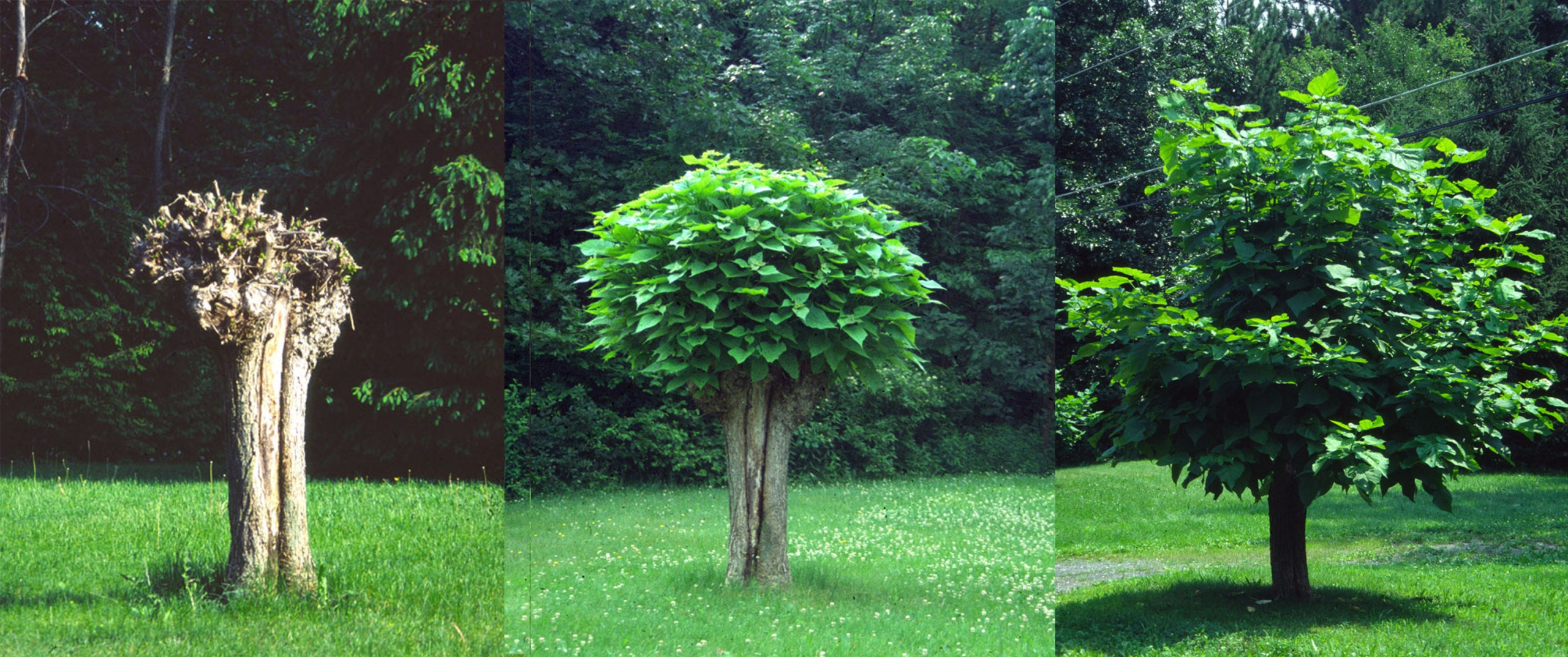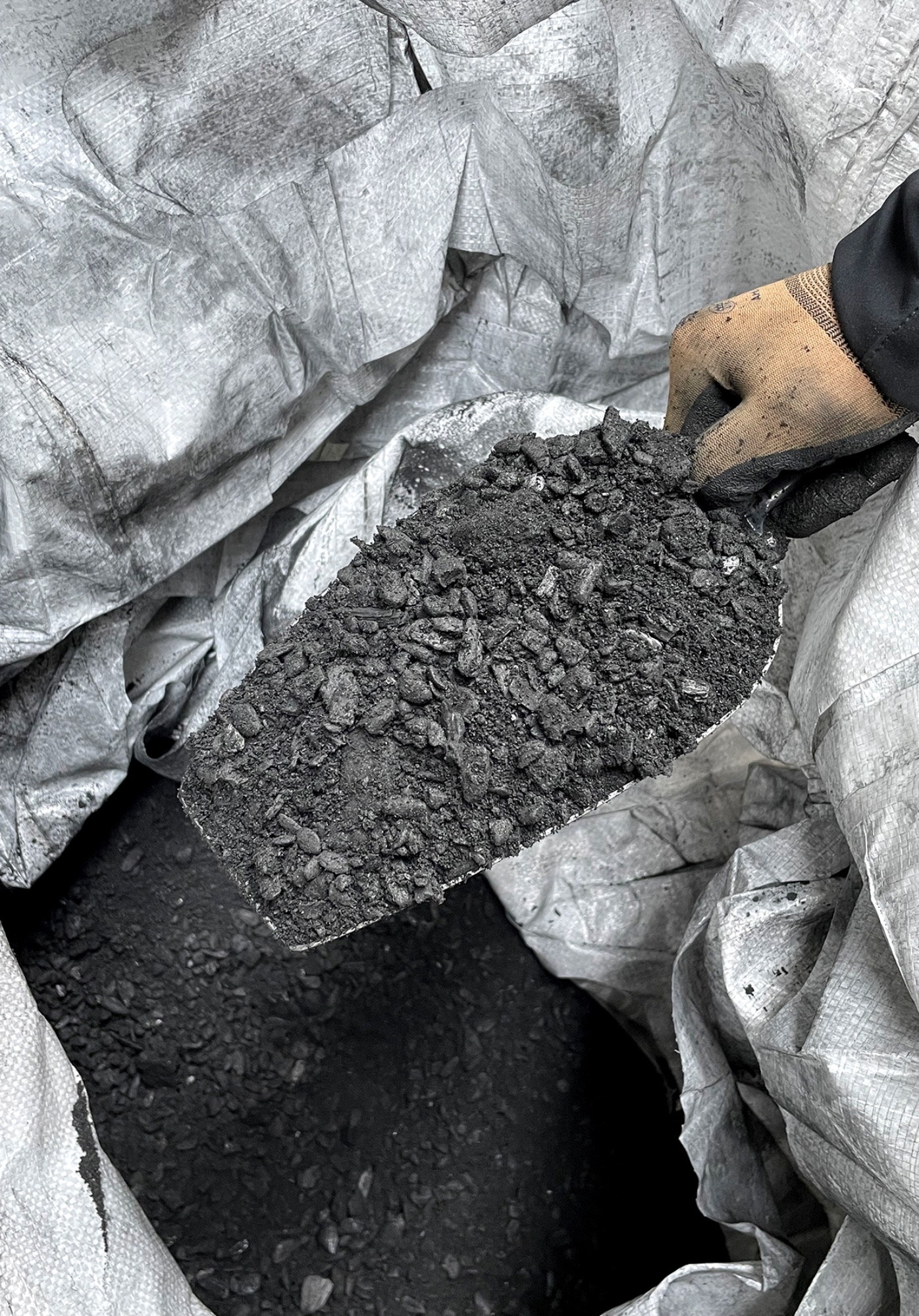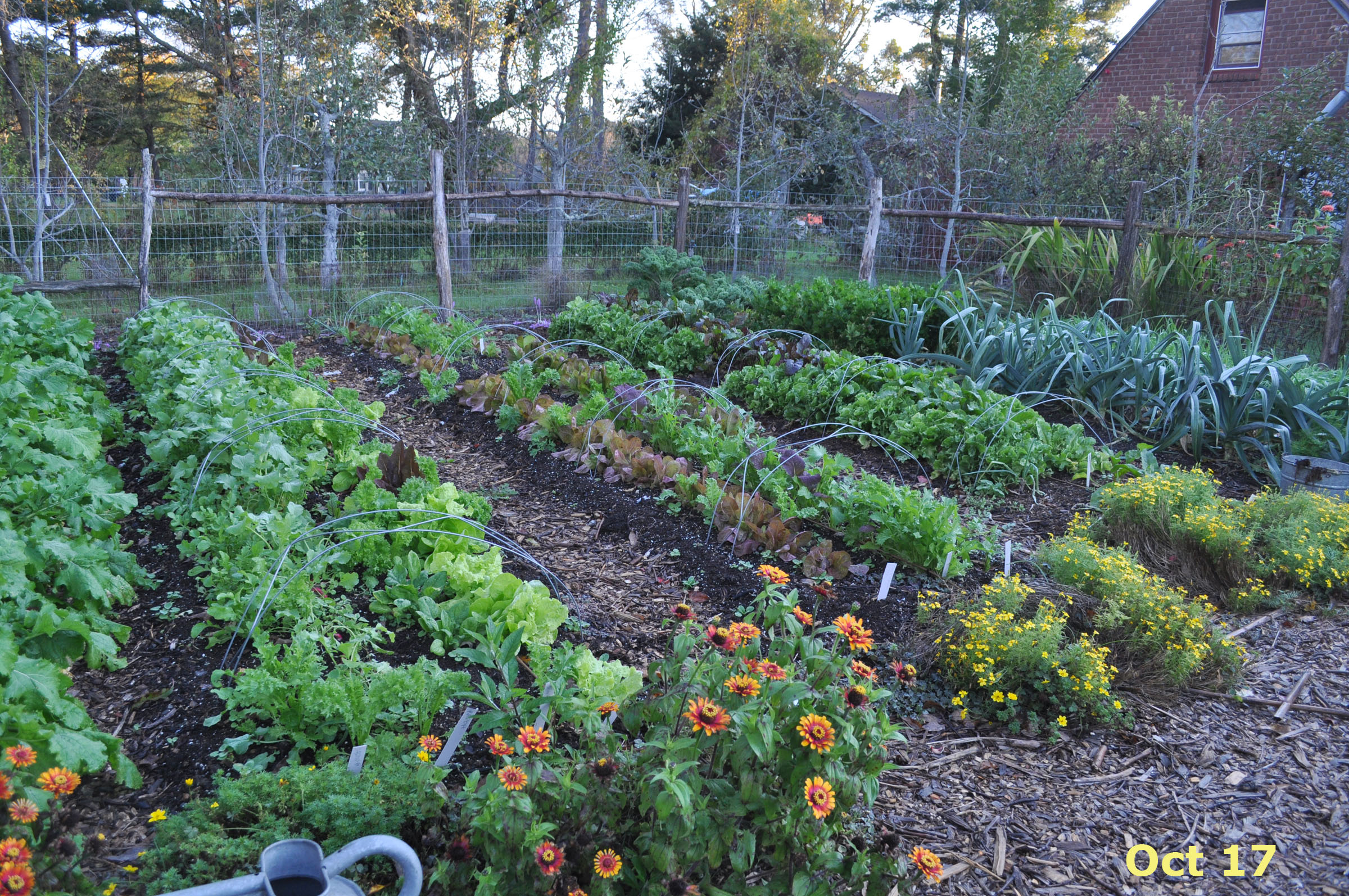PRUNER SHEARS POISED AND READY
/2 Comments/in Pruning/by Lee ReichWhy Now?
A strong urge this time of year, especially on clear, balmy days, has many gardeners wandering about their gardens with pruning shears in hand, clipping back old leaves and stems in an effort to tidy up the garden for the winter. In some cases, this clipping is good for the plants; in other cases it is not.
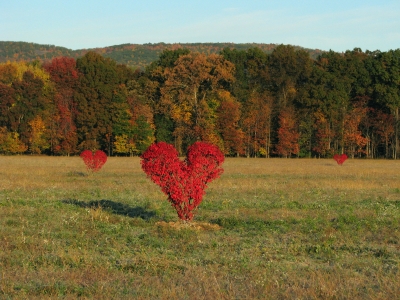
Topiary by Keith Buesig
One rationale for clipping stems and leaves off plants is to reduce certain pest problems next season. I’ll soon be cutting down all the old asparagus stems, usually waiting until they yellow and are anyway no longer “charging” the roots with energy. Cutting them all to ground level and composting the tops reduces the number of beetles present next spring. Read more
BIOCHAR
/7 Comments/in Soil/by Lee ReichEnthusiasm
A couple of years ago a gardening friend shared with me her excitement about a biochar workshop she had attended. “I can’t wait to get back into my garden and start making and using biochar,” she said.
Biochar, one of gardening’s relatively new wunderkinds, is what remains after you heat wood — or other plant material such as rice husks, yard trimmings, or manure — with insufficient air. It’s akin to charcoal, although its physical characteristics vary with the kind of plant material, the amount of air during the burning, and the duration and intensity of the heat.  Rather than releasing the carbon in wood or other material into the atmosphere as carbon dioxide by burning it or allowing it to decompose, the carbon in biochar remains locked up. Less carbon dioxide in the atmosphere means less global warming.
Rather than releasing the carbon in wood or other material into the atmosphere as carbon dioxide by burning it or allowing it to decompose, the carbon in biochar remains locked up. Less carbon dioxide in the atmosphere means less global warming.
And yes, biochar can be made at home — outdoors, because the process gives off Read more
A VERY GOOD GARDEN NOW
/2 Comments/in Soil, Vegetables/by Lee ReichFinally
A recent blog post of mine was titled and about some of the reasons it was “My Worst Garden Ever.” From comments and emails, I learned that such was the case generally in this part of the world. That was then.
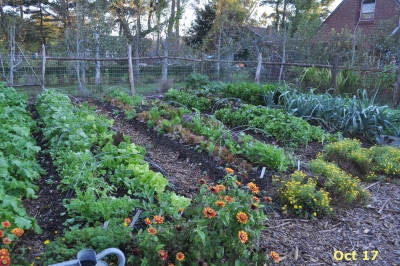 Recently, as I opened and walked through the gate into my vegetable garden, I thought, hmmm, things are looking pretty spiffy in the garden. Even a seasoned gardener friend remarked, “There’s so much green!” And that green is not from weeds, but from neat rows of napa cabbages, large heads of lettuce in various shapes and shades of green, and dark green rows of arugula and mustard. Leafy tops of Watermelon radishes (the name from the look of the sliced roots, not any affinity in flavor) and sweet Hakurei turnips perched above swelling roots. Read more
Recently, as I opened and walked through the gate into my vegetable garden, I thought, hmmm, things are looking pretty spiffy in the garden. Even a seasoned gardener friend remarked, “There’s so much green!” And that green is not from weeds, but from neat rows of napa cabbages, large heads of lettuce in various shapes and shades of green, and dark green rows of arugula and mustard. Leafy tops of Watermelon radishes (the name from the look of the sliced roots, not any affinity in flavor) and sweet Hakurei turnips perched above swelling roots. Read more

